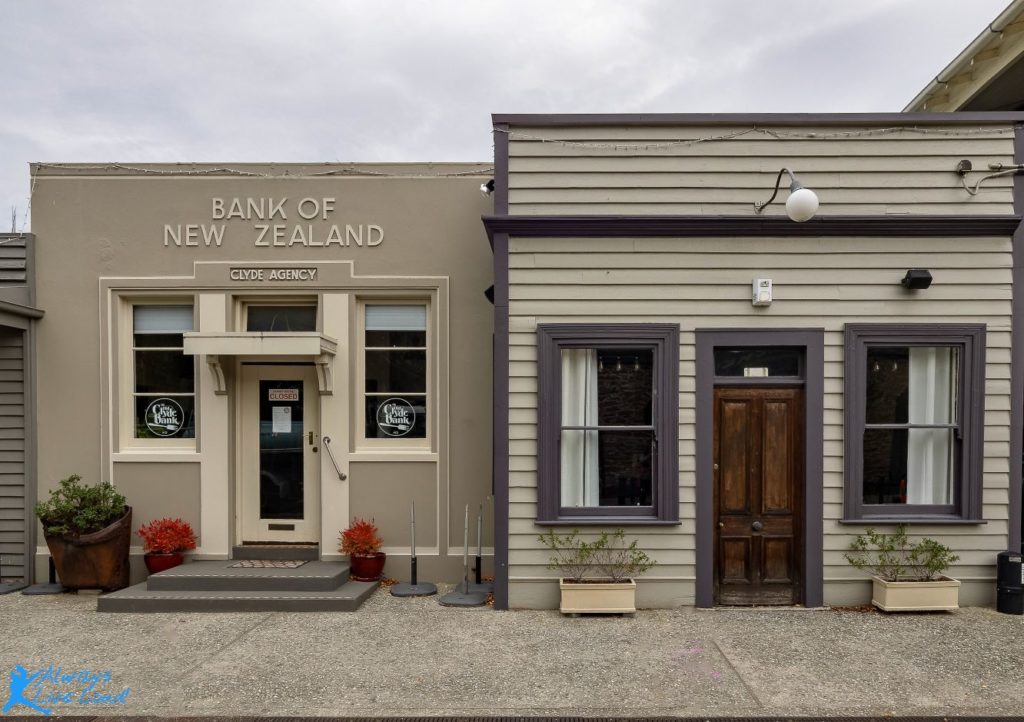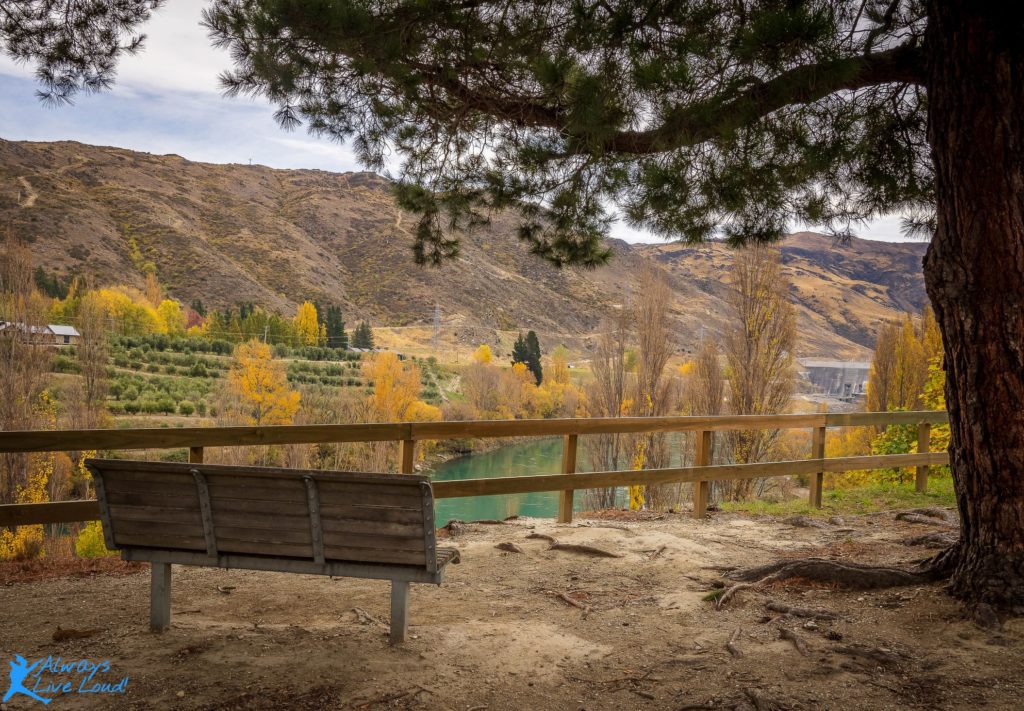Clyde is a picturesque town nestled in the stunning region of Otago. It lies at the heart of New Zealand’s South Island. Located 7 km from Alexandra and 27 km from Cromwell, the town is idyllically positioned on the banks of the Clutha River.
Steeped in history and surrounded by breathtaking natural beauty. Clyde retains the nostalgic allure of yesteryears. It offers visitors a glimpse into the past while providing a tranquil and scenic setting for exploration and relaxation.
What is Clyde, NZ, famous for?
During the ambitious ‘Think Big’ era of the 1970s and 1980s, New Zealand constructed an impressive hydroelectric dam in the town. The town’s history is deeply intertwined with its gold mining legacy and fruit orchards cultivation. Furthermore, the scenic Otago Central Rail Trail is the starting or ending point. It is a popular cycling and walking route showcasing the region’s natural beauty and historical landmarks.

The History
In 1865, the town changed its name from Dunstan to Clyde. It is rich in historic points of interest. In 1934, workers constructed a steel-arched road bridge across the Clutha River to Earnscleugh using the stone piers of an 1881 bridge.

The railway line stopped operating in 1990, and in 1994, they established a 10-km ‘rail trail’ for walkers and cyclists. The historical journey of Clyde culminates with the Clyde hydroelectric dam and power station. Located just north of the town, showcasing the town’s evolution and progress.
The history of Clyde is closely linked to the discovery and mining of gold in Central Otago. In the 1860s, thousands of miners and settlers flocked to Clyde and its surroundings, making it a crucial hub for the gold rush in Central Otago.
The town’s former courthouse, built in 1862, served as the administration headquarters for the Dunstan goldfields. Later, it became a local museum.
Is Clyde worth visiting?
As you wander through Clyde’s main street, you’ll be captivated by the enchanting 1800s gold rush buildings lovingly repurposed into cozy accommodations, delightful restaurants, charming cafes, unique specialty shops, and inspiring art galleries.
The guided walks and cycle paths offer a leisurely way to take in the sights, including the charming gold rush-era cottages adorned with beautiful gardens of rambling roses.
It’s a truly captivating and delightful experience that immerses you in the rich history and charm of the area.

